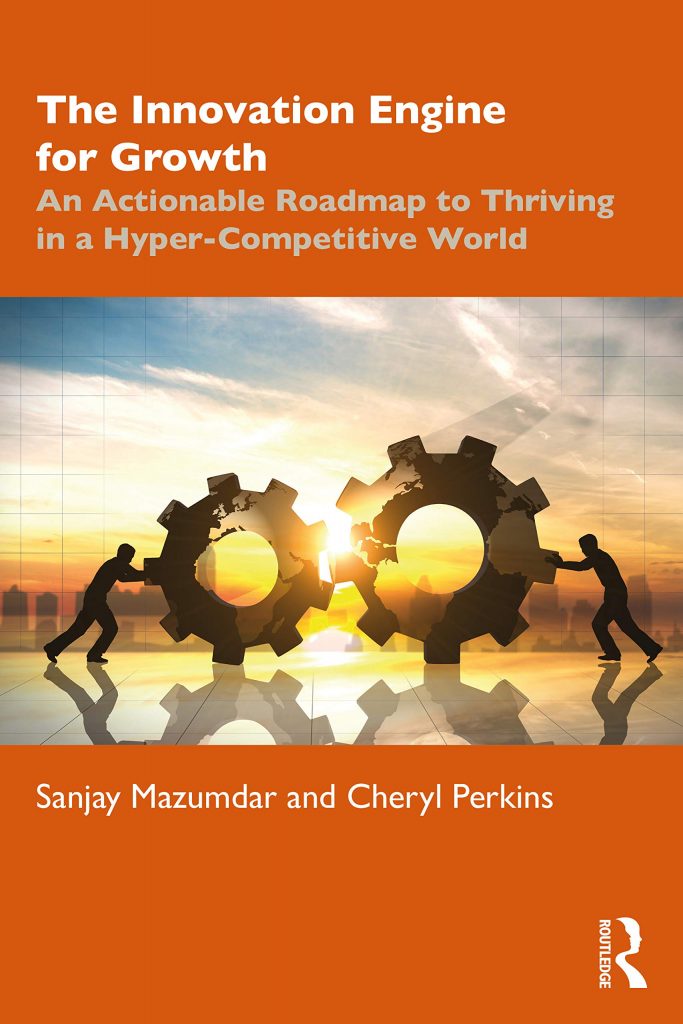
Looking ahead to identify upcoming changes in your industry and in consumer trends can help you find opportunities to expand your business. There are several socio-economic megatrends leaders should pay attention to that are likely to have a significant impact on innovation through the year 2050. These megatrends include:
– Healthcare expansion
– Global power shifts
– Increasing energy demands
– Automation and digitalization
– Urbanization and megacities
– Ubiquitous connectivity
– Home as a hub
In this article, we break down each of these megatrends to help you identify how they may influence consumer trends in the future. We also discuss how to identify trends that align with your company’s core strengths and capabilities so you can position yourself for success.
Related: Innovating During Times of Uncertainty
Healthcare
As a result of COVID-19, safety, cleanliness and minimal human contact have become essential elements built into most products and services, but the healthcare megatrend is expected to continue long after the pandemic.
Over the next 30 years, we expect the global population of people over the age of 60 to more than double. This will cause a significant increase in medical spending. At the same time, consumers of all ages are seeking preventative wellness trends to improve their health. From yoga and meditation to wearables and genetic testing kits, these wellness offerings continue to expand.
As both the need and desire for new healthcare innovations increase, there are unlimited opportunities across every industry to create more value by focusing on your consumers’ overall health and wellbeing.
Related: Healthcare Goes Retail and Changes the Game
Global power shifts
By 2050, experts predict the global economy will be led by China with India following close behind. Other emerging markets that are expected to see significant growth include Brazil, Mexico, Russia, Indonesia, and Turkey. Leaders today should consider these global power shifts as they develop their long-term growth plans.
Expanding into rapidly growing economies may provide companies with new innovation opportunities, especially if they pay attention to consumer trends in these areas. Consider where you currently manufacture your products and what geographies you sell them to. This can help you identify where there may be room for improvement or opportunities to explore untapped markets.
Increasing energy demands
As the global population continues to grow and urbanization expands, the demand for energy is expected to increase as well. Experts predict we will need to provide 50% more energy than we currently produce by the year 2050. This is one reason we’re seeing a shift away from fossil fuels and toward renewable energy sources.
Pressure from consumers, regulators, and investors is also encouraging companies to explore alternative forms of energy and reduce their environmental footprints. Some of the most popular alternative energies companies are moving toward include solar, wind, and hydropower. For example, in 2018, renewable energy sources generated 26.2% of all global electricity. This number is expected to rise to 45% by the year 2040.
Automation and digitalization
The automation and digitalization megatrend is shaping the future of every industry, from healthcare to consumer goods. As we collectively introduce new digital technologies into our organizations, leaders need to stay informed about the latest advances in automation to remain competitive. Some of the most popular technologies driving this change include artificial intelligence, machine learning, robotics, and augmented reality.
Companies of all sizes are leveraging digital technologies to drive value, guarantee accuracy, and improve efficiencies. For example, we’re seeing an increased demand for robots and automated features in factories and hospitals. There is also growing demand from consumers who are looking for ways to automate everyday tasks to make their lives easier.
Related: What if You Were Displaced on the Job – By a Robot?
Urbanization and megacities
By 2050, experts predict 70% of the world’s population will be living in urban environments. As the global population and demographics continue to change dramatically, forward-thinking businesses have the opportunity to create value in making the world around us more habitable. From urban air-quality monitors to 3D printed homes, we’re already seeing new, innovative products and services emerge to support these megacities. Leaders who consider how they can leverage their unique capabilities to meet the demands of urban development and urban living will have an advantage in this space.
Ubiquitous connectivity
The internet has revolutionized communication across every industry and facet of our lives. In 2000, there were less than 0.3 billion global internet users. In less than a decade, experts predict this number to climb to over 5.6 billion users. While products used to be composed solely of mechanical and electrical parts, smart products have emerged across nearly every industry. Companies are looking for creative ways to leverage emerging micro-technology and ubiquitous networks to tap into this consumer trend and deliver more value. These smart, connected products often provide new functionalities, higher product utilization, and far greater reliability than their predecessors.
As people continue to integrate smart, connected devices into their everyday lives, the possibilities for companies to develop new and improved products and services are endless.
Home as a hub
Throughout the pandemic, people began to see their homes in a new light as lockdowns, shelter-in-place rules, and remote work kept us indoors. Now, over 80% of women and 69% of men in the United States claim that the ability to work from home is the number one factor they’re considering when looking for new jobs. As people continue to spend more time inside their homes, they’re also continuing to invest in home renovations and upgrades.
According to a survey conducted by Houzz on consumer trends throughout COVID-19, home renovation projects increased 15% in 2020. During this time, the median expense jumped to $15,000. We expect to see this trend continue as people look for ways to make their homes more convenient, comfortable, visually appealing, and work-friendly. Business owners who can provide their employees with flexible work schedules and offer consumers ways to improve their home lives will have an advantage as this megatrend continues to grow.

Learn more about these megatrends and discover strategies to help you leverage your core strengths, build internal innovation capabilities, partner effectively, and identify the most promising areas to pursue in our founder and CEO, Cheryl Perkins’, new book, co-written with Sanjay Mazumdar.
The Innovation Engine for Growth is filled with thought-provoking questions and powerful templates to help you implement successful innovation. Order your copy on Amazon today!

Best AGV & AMR Materials
Liz Groth